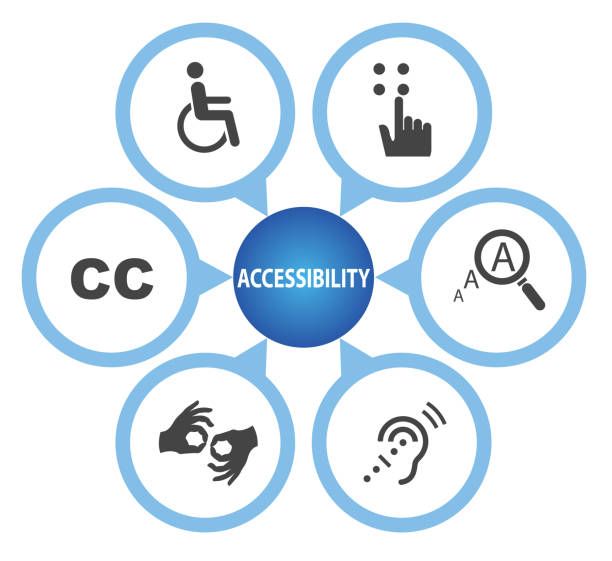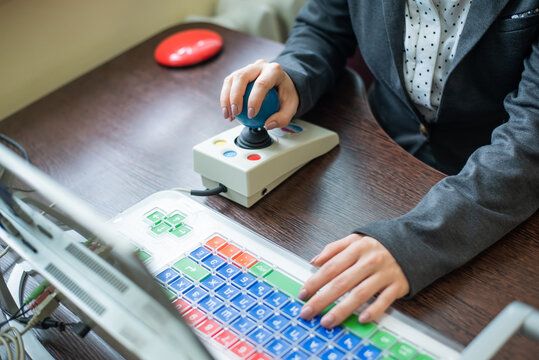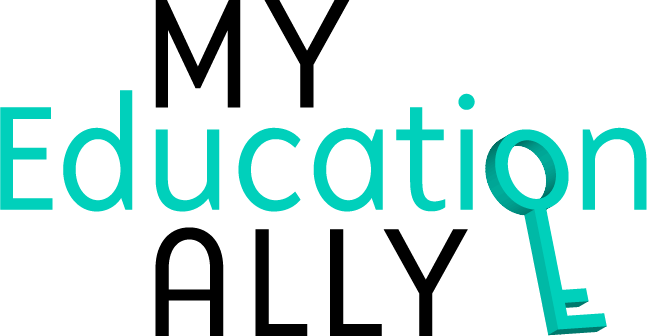Assistive technology (AT) refers to a broad spectrum of tools, devices, software, or equipment designed to enhance the capabilities of individuals facing various challenges, including disabilities. The primary goal of assistive technology is to bridge the gap between an individual's abilities and the demands of their environment.
Assistive technology is not a one-size-fits-all solution; rather, it is personalized to meet the specific needs of individuals, taking into account their unique challenges and abilities
Assistive technology is not a one-size-fits-all solution; rather, it is personalized to meet the specific needs of individuals, taking into account their unique challenges and abilities
Types of Assistive Technology

1. Communication Devices:
Devices designed to aid individuals with speech or communication difficulties. This includes communication boards, speech-generating devices, and apps.
2. Mobility Aids:Tools and devices that enhance the mobility of individuals with physical disabilities. Examples include wheelchairs, walkers, and adaptive vehicles.
3. Sensory Aids:Technologies that support individuals with sensory impairments, such as hearing aids, screen readers, and braille displays.
4. Educational Software:Software applications designed to assist learners with disabilities. This could include text-to-speech software, interactive learning tools, and adaptive reading materials.
5. Daily Living Aids:Tools that make daily activities more accessible, such as modified utensils, reachers, and environmental control systems.
Devices designed to aid individuals with speech or communication difficulties. This includes communication boards, speech-generating devices, and apps.
2. Mobility Aids:Tools and devices that enhance the mobility of individuals with physical disabilities. Examples include wheelchairs, walkers, and adaptive vehicles.
3. Sensory Aids:Technologies that support individuals with sensory impairments, such as hearing aids, screen readers, and braille displays.
4. Educational Software:Software applications designed to assist learners with disabilities. This could include text-to-speech software, interactive learning tools, and adaptive reading materials.
5. Daily Living Aids:Tools that make daily activities more accessible, such as modified utensils, reachers, and environmental control systems.

Augmentative Alternative Communication (AAC)
AT can sometimes include AAC. "AAC" primarily stands for Augmentative and Alternative Communication, a field that focuses on providing communication solutions for individuals who face challenges in expressive language abilities. This can be due to conditions such as autism, cerebral palsy, developmental disorders, or acquired conditions like stroke. The goal of AAC is to enhance or replace natural speech, enabling individuals to communicate effectively with others and participate more fully in social interactions.
Why does Assistive Technology Matter?
Assistive Technology is more than just a collection of tools, assistive technology matters profoundly because it reshapes lives. It instills independence by providing tailored solutions for daily tasks, unlocks voices for effective communication, and dismantles barriers to education and employment. Beyond functionality, assistive technology embodies a commitment to inclusivity, promoting social connections and improving overall well-being.
